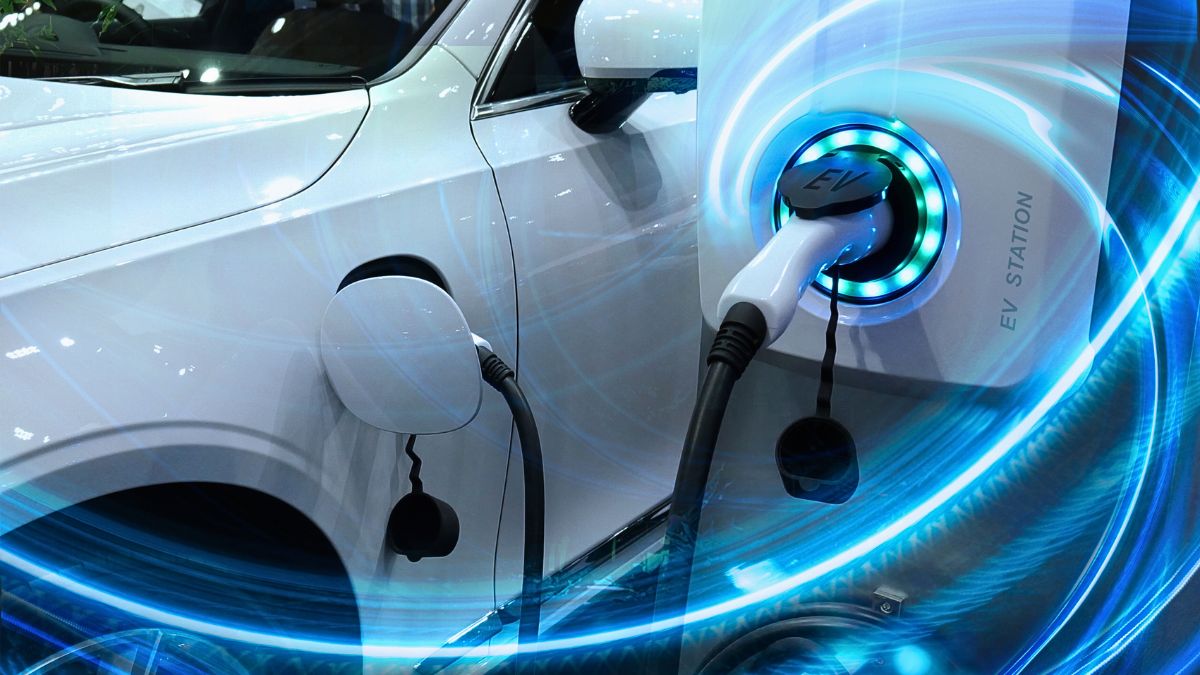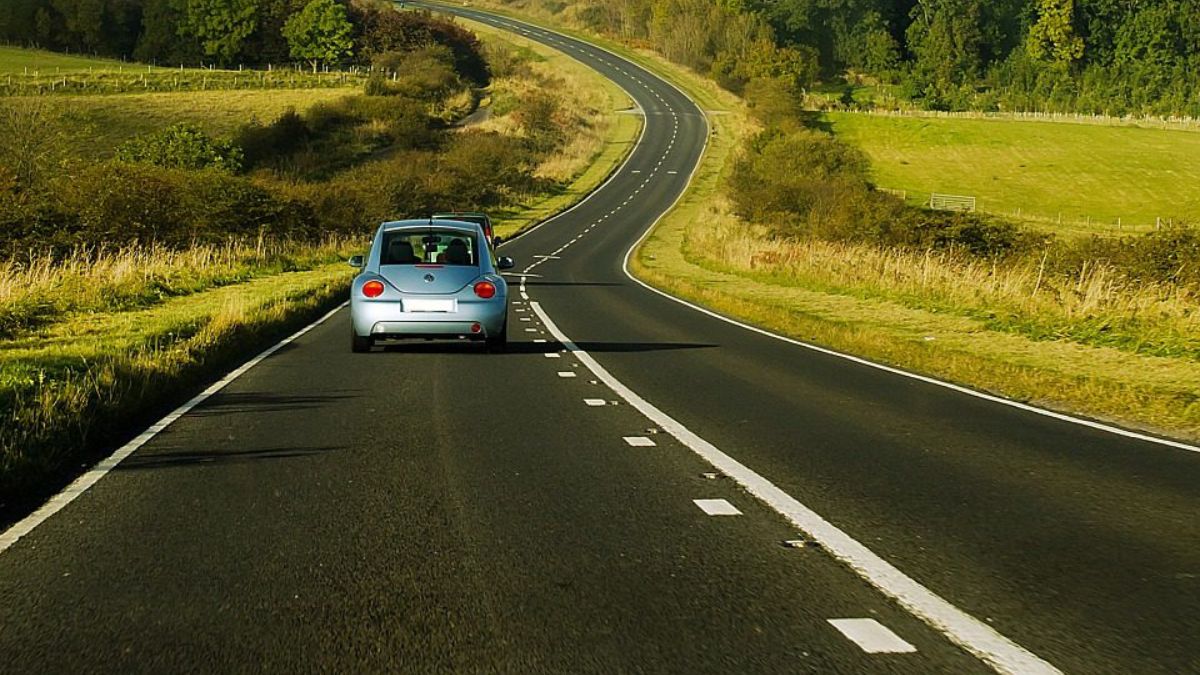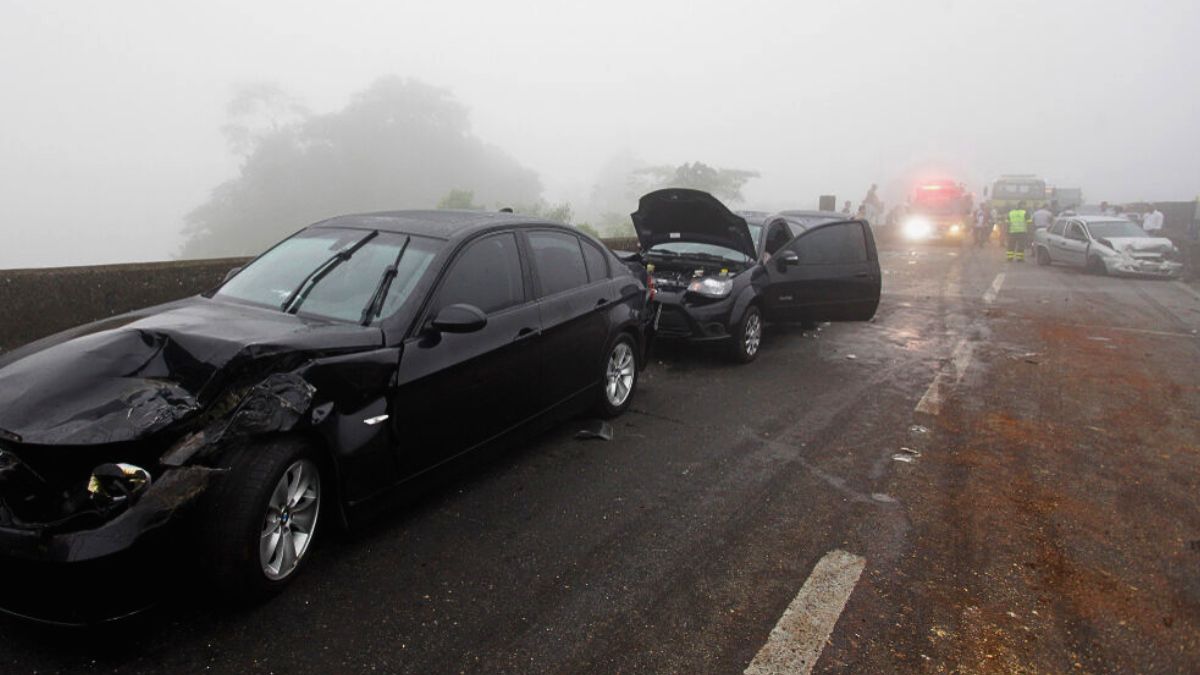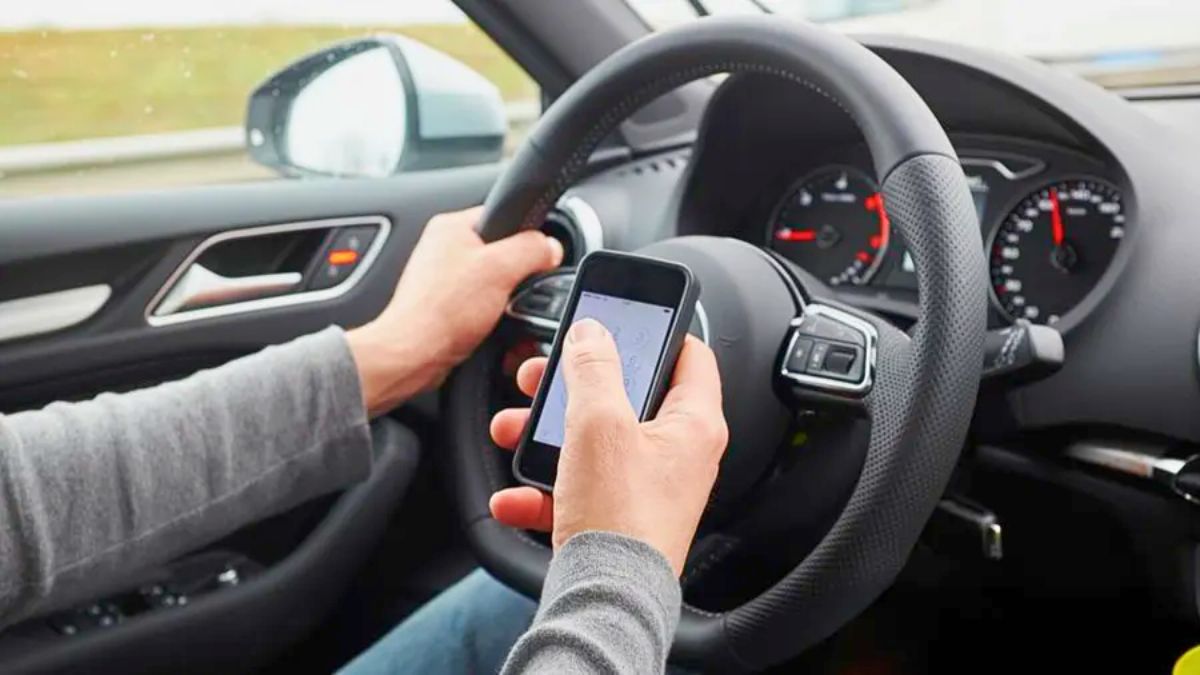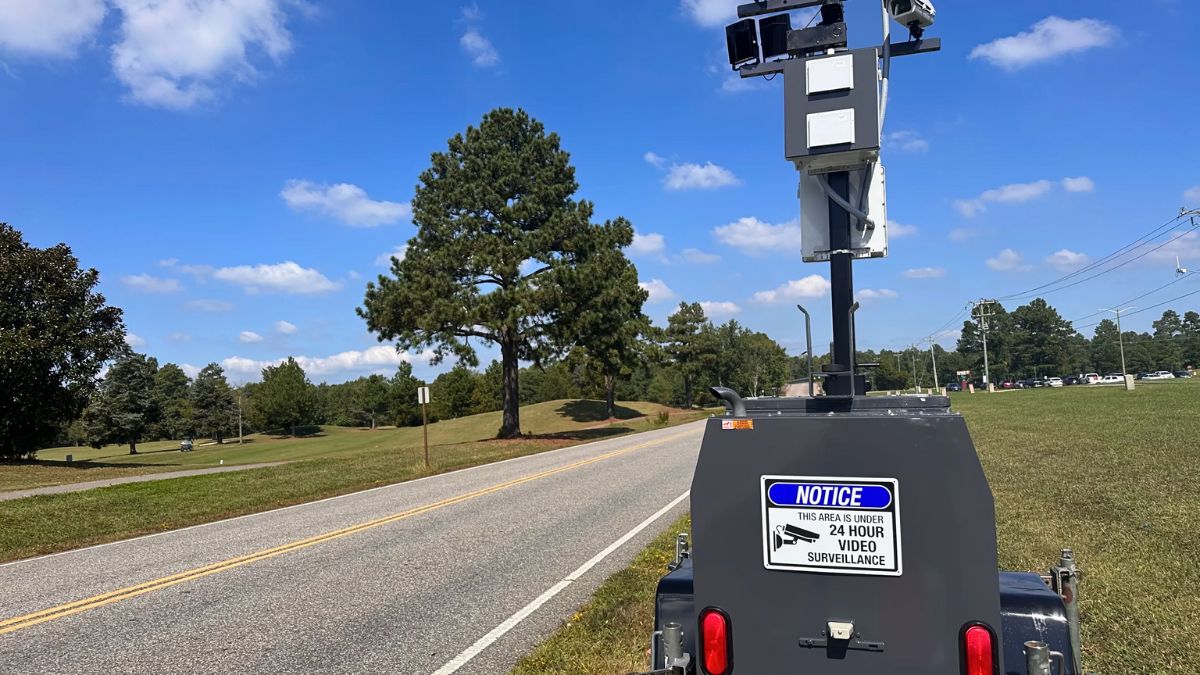You’ve probably heard of electric vehicles (EVs), but have you heard of them powering your home—or even the electric grid? That’s the big idea behind V2G, or Vehicle-to-Grid technology. It’s one of those game-changing concepts that sounds almost too futuristic, but it’s already starting to roll out in real life.
So what is V2G, how does it work, and why should you actually care? Let’s cut in.
Basics
V2G stands for “Vehicle-to-Grid.” In simple terms, it’s a two-way energy flow between electric vehicles and the power grid. While traditional EVs just pull electricity from the grid to charge, V2G-capable EVs can send energy back when needed.
Think of your EV as a giant mobile battery. When demand on the power grid spikes—say during a hot summer afternoon—your parked and plugged-in EV could push some of its stored power back into the system to help balance things out. Pretty cool, right?
How-It-Works
Here’s the basic idea: EVs charge when electricity is cheap or abundant (like at night or when solar energy is flowing). Then, during high demand times, they discharge small amounts of stored energy back to the grid.
To do this, the EV needs a bi-directional charger and compatible software. This setup lets the system control when and how much energy flows in and out. Everything happens automatically through smart technology, so you don’t have to manually manage anything.
Benefits
Why should you care? Because V2G comes with a long list of perks—for you, the energy grid, and even the planet.
For drivers: You could actually get paid or earn credits for supplying energy back to the grid. That means your EV doesn’t just save money on fuel—it could make money, too.
For the grid: V2G helps reduce blackouts and stabilize voltage by tapping into a massive new source of energy storage—parked cars.
For the environment: By making better use of renewable energy sources and reducing the need for fossil-fuel backup power, V2G supports a cleaner, greener energy system.
Real-World
This isn’t just a science project—V2G is already being tested and used around the world. In places like the UK, Japan, and parts of the US, pilot programs are showing promising results. School buses in Virginia, for example, are being used in V2G projects to supply energy when not in use.
Some automakers like Nissan and Ford have already built V2G-ready vehicles, and more are on the way. Utilities are starting to build out the infrastructure, and governments are throwing support behind the concept with grants and incentives.
Challenges
Like any new tech, V2G comes with a few hurdles.
First, not all EVs or chargers are V2G compatible. Then there’s battery wear—sending power back and forth can slightly reduce battery life over time. There’s also the issue of grid coordination: utilities and car manufacturers need to work together to set up the right systems.
Still, the benefits are outweighing the drawbacks, especially as technology improves and regulations catch up.
V2G Pros and Cons
| Pros | Cons |
|---|---|
| Earn money from your EV | Battery degradation risk |
| Stabilizes the power grid | Needs special chargers |
| Boosts renewable energy use | Limited vehicle compatibility |
| Reduces blackouts | Complex setup and regulation |
So, should you care about V2G? Absolutely. It’s more than just a tech buzzword—it’s a powerful shift in how we think about energy. With millions of EVs on the road and more arriving every day, V2G could turn parked cars into mini power plants that make electricity more reliable, affordable, and sustainable for everyone.
FAQs
What is V2G technology?
V2G lets EVs send power back to the electric grid.
Can all EVs use V2G?
No, only some EVs and chargers support it.
Does V2G damage the battery?
It may reduce lifespan slightly, but not drastically.
Can I make money with V2G?
Yes, some utilities pay for returned energy.
Is V2G available now?
Yes, in pilot programs and select regions globally.
